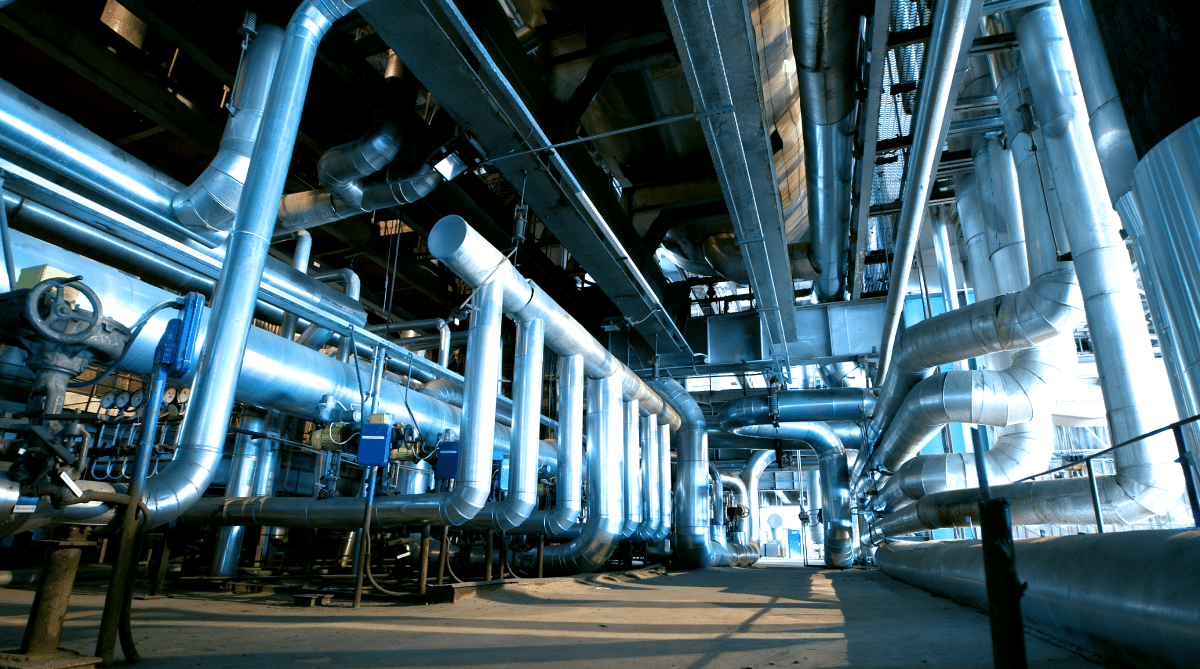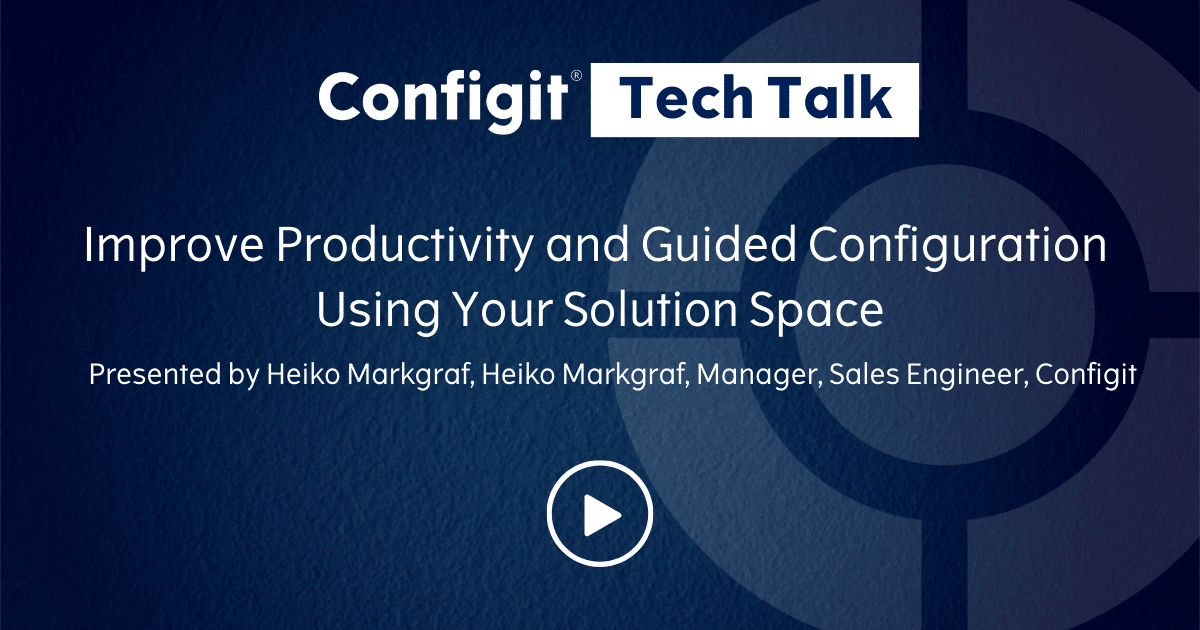Asset intensive manufacturing refers to industries where the products are large and complex, or the investments in factories and plants are high, and include aerospace and defense, industrial equipment, agricultural and mining equipment, refineries and chemical plants. In this type of manufacturing, the value of the physical assets used in production is often very high, and the cost of maintaining and replacing these assets can be significant.
Asset-intensive manufacturing companies face various challenges in their operations, including aging infrastructure, asset performance and reliability, complex supply chains, and regulatory compliance.
Gartner’s recent report, “Top Strategic Technology Trends in Asset-Intensive Manufacturing for 2023,” outlines top trends asset-intensive manufacturers should focus on, including hyper automation, product servitization, and configuration life cycle management, to improve productivity, innovation and overall business performance.


